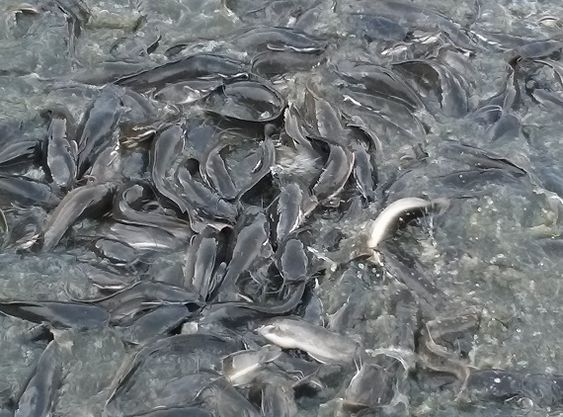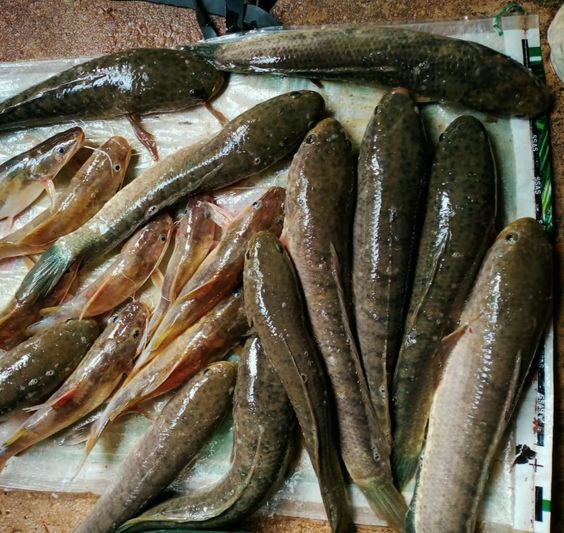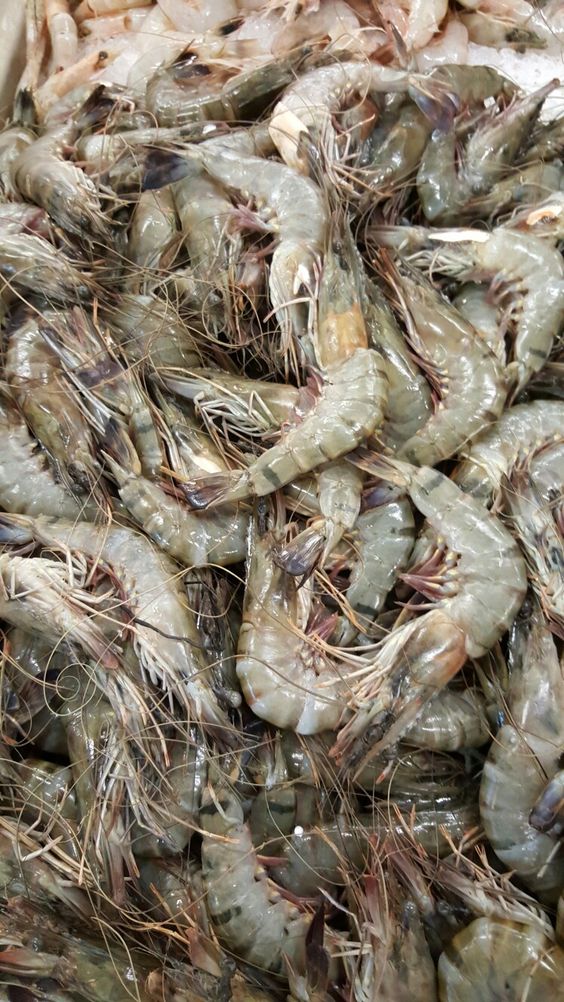Effective Management of Catfish Products: From Farm to Plate
Management of Catfish Products is a rapidly growing sector of aquaculture, meeting the rising demand for a healthy and sustainable protein source. However, successful catfish production goes beyond raising healthy fish. Effective management practices are crucial throughout the entire process, from raising the catfish to delivering high-quality products to consumers. This comprehensive guide explores the key elements of catfish product management, ensuring optimal quality, profitability, and consumer satisfaction.
Catfish Production Management
-
Water Quality Management: Catfish thrive in clean, well-oxygenated water. Maintaining optimal water quality parameters (pH, temperature, dissolved oxygen) is essential for fish health, growth rate, and disease prevention. This involves regular monitoring, water exchange, and proper aeration systems.
-
Feed Management of Catfish Products: Providing a balanced and nutritious diet is vital for catfish growth and development. Feed selection should consider protein content, nutrient composition, and digestibility. Monitoring feed intake and adjusting rations as needed ensures efficient feed utilization and minimizes waste.
-
Health Management of Catfish Products: A proactive approach to fish health is crucial. Implement preventive measures like biosecurity protocols and regular health checks to minimize disease outbreaks. Early detection and treatment of any illnesses can prevent significant losses.
-
Stocking Density and Grading: Managing stocking density in ponds or tanks prevents overcrowding, which can impact catfish health and growth rate. Regularly grading catfish by size helps maintain optimal pond conditions and facilitates efficient harvesting.
-
Harvesting Management of Catfish Products: Proper harvesting techniques minimize stress on the fish and ensure product quality. Techniques like grading, seining, and careful handling during transport are essential.
Processing and Storage Management
-
Post-Harvest Handling: Rapidly chilling or icing catfish after harvest preserves freshness and slows down bacterial growth. Maintaining a clean and hygienic environment during processing is essential to ensure food safety.
-
Processing Techniques: Depending on the final product (fillets, steaks, whole fish), different processing techniques are employed. Maintaining consistent processing methods throughout ensures product uniformity and quality.
-
Grading and Sorting: Catfish are graded and sorted based on size, weight, and visual inspection for any defects. This ensures consistency within product categories and caters to specific market demands.
-
Packaging and Labeling: Catfish products are packaged in appropriate materials to maintain freshness and prevent contamination. Labeling must comply with food safety regulations and clearly communicate product information (weight, processing date, best before date).
-
Storage and Transportation: Maintaining proper storage temperatures throughout the supply chain is paramount. Catfish products are typically stored frozen or chilled depending on the final product. Transportation must also maintain appropriate temperatures to ensure product integrity.
Quality Control and Assurance Management of Catfish Products
-
Quality Control Measures: Implementing a robust quality control program is essential to maintain consistent product quality. This involves regular monitoring of processing steps, product inspections, and adherence to food safety regulations.
-
Hazard Analysis and Critical Control Points (HACCP): HACCP is a systematic approach to identifying and controlling potential hazards throughout the catfish production and processing chain. Implementing HACCP principles ensures food safety and minimizes risks of contamination.
-
Traceability: Maintaining a traceability system allows tracking catfish products from farm to plate. This is crucial for managing product recalls and ensuring consumer confidence.
Marketing and Distribution Management of Catfish Products
-
Understanding Market Demands: Identifying target markets and understanding consumer preferences are crucial for successful catfish product marketing. Factors like product form (fillets, whole fish), value-added products (breaded catfish), and preferred packaging can influence marketing strategies.
-
Branding and Promotion: Developing a strong brand identity for your catfish products can differentiate them in the market. Implementing marketing and promotional campaigns can raise awareness and build consumer trust.
-
Distribution Channels: Building efficient distribution channels ensures catfish products reach consumers fresh and in good condition. Collaborating with distributors, wholesalers, and retailers requires careful planning and logistics management.
Sustainability Considerations
-
Environmental Impact: Sustainable catfish farming practices minimize environmental impact. Strategies like water management, responsible feed sourcing, and proper waste disposal are essential for long-term sustainability.
-
Social Responsibility: Fair labor practices and ethical treatment of workers are vital aspects of responsible catfish production. Ensuring safe working conditions and fair wages contributes to a sustainable and socially responsible catfish industry.
Conclusion Management of Catfish Products
Effective Management of Catfish Products encompasses all stages, from farm to plate. Implementing best practices in aquaculture, processing, quality control, marketing, and sustainability ensures high-quality products, profitability, and consumer satisfaction. By prioritizing responsible practices throughout the supply chain, catfish producers can contribute to a thriving and sustainable aquaculture industry.






